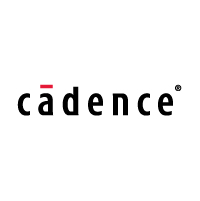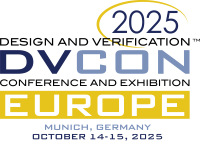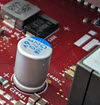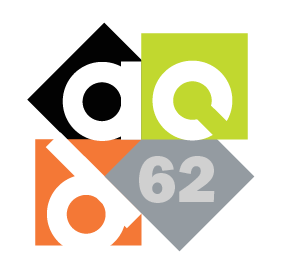The 59th Design Automation Conference (DAC) took place in San Francisco, July 10-14, 2022. As always, the DAC provided a great place to learn about what is going on in EDA. The DAC is really three events in one: there is an industry trade-show/exhibition, a research conference that is considered the premier in EDA, and an engineering track where practitioners present their work in a less formal setting.
I had two talks in the engineering track – one on the Intel device modeling language (which actually won the best presentation award in the embedded sub-track), and one on using simulation technology to build hardware software-first.
The DAC was almost overwhelming in the richness of people and companies, but this blog tries to summarize the most prominent observations.
Continue reading “DAC 2022 – Back in Person, Chiplets, an Award, and Much More”








 The
The  I while ago I wrote a blog post on
I while ago I wrote a blog post on  Another Cadence guest blog entry, about the overall impact of virtual platforms on the interaction between hardware and software designers. Essentially, virtual platforms are a great tool to make software and hardware people talk to each other more, since it provides a common basis for understanding.
Another Cadence guest blog entry, about the overall impact of virtual platforms on the interaction between hardware and software designers. Essentially, virtual platforms are a great tool to make software and hardware people talk to each other more, since it provides a common basis for understanding. In early July, Cadence announced their new “C2S” C-to-silicon compiler. This event was marked with some excitement and blogging in the EDA space (
In early July, Cadence announced their new “C2S” C-to-silicon compiler. This event was marked with some excitement and blogging in the EDA space (